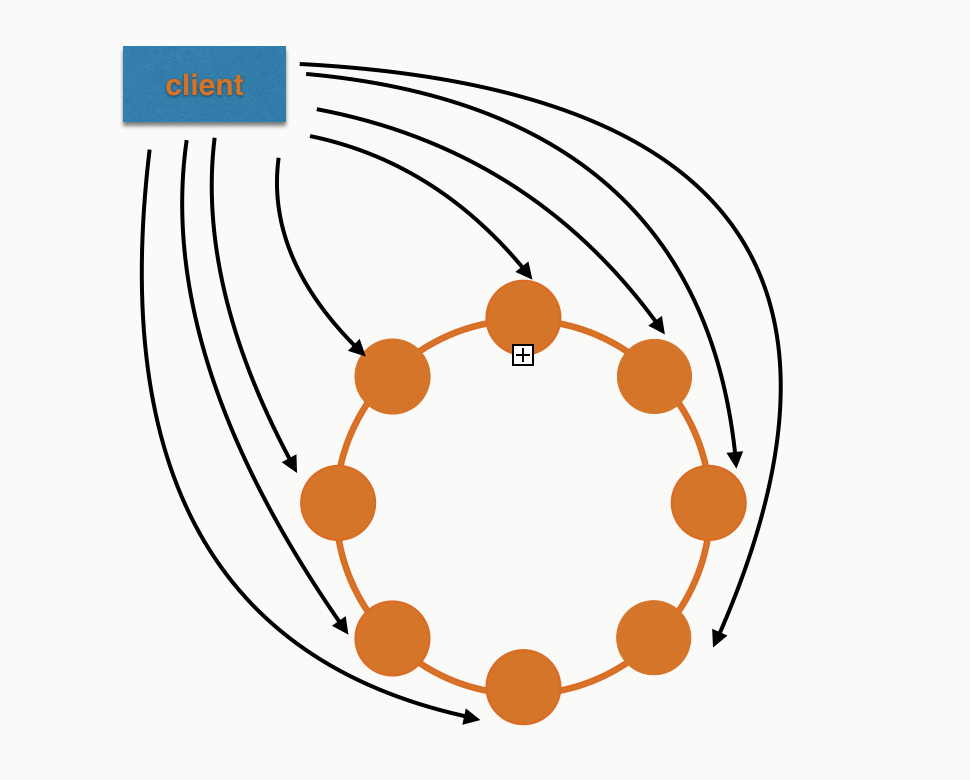- Distributed joins
- Unlogged batches
This post is similar to the unlogged batches post but is instead about logged batches.
We'll again go through an example Java application.
The good news is that the common misuse is virtually the same as the last article on unlogged batches, so you know what not to do. The bad news is if you do happen to misuse them it is even worse!
Let's see why. Logged batches are used to ensure that all the statements will eventually succeed. Cassandra achieves this by first writing all the statements to a batch log. That batch log is replicated to two other nodes in case the coordinator fails. If the coordinator fails then another replica for the batch log will take over.
Now that sounds like a lot of work. So if you try to use logged batches as a performance improvement then you'll be very disappointed! For a logged batch with 8 insert statements (equally distributed) in a 8 node cluster it will look something like this:
The coordinator has to do a lot more work than any other node in the cluster. Where if we were to just do them as regular inserts we'd be looking like this:
A nice even workload.
The good news is that the common misuse is virtually the same as the last article on unlogged batches, so you know what not to do. The bad news is if you do happen to misuse them it is even worse!
Let's see why. Logged batches are used to ensure that all the statements will eventually succeed. Cassandra achieves this by first writing all the statements to a batch log. That batch log is replicated to two other nodes in case the coordinator fails. If the coordinator fails then another replica for the batch log will take over.
Now that sounds like a lot of work. So if you try to use logged batches as a performance improvement then you'll be very disappointed! For a logged batch with 8 insert statements (equally distributed) in a 8 node cluster it will look something like this:
The coordinator has to do a lot more work than any other node in the cluster. Where if we were to just do them as regular inserts we'd be looking like this:
A nice even workload.
So when would you want to use logged batches?
Short answer: consistent denormalisation. In most cases you won't want to use them, they are a performance hit. However for some tables where you have denormalised you can decide to make sure that both statements succeed. Lets go back to our customer event table from the previous post but also add a customer events by staff id table:




 Cassandra 的批处理并非总是提升效率,尤其在分布式环境中。logged batches 在数据跨分区时无法有效工作,可能导致单个节点处理压力增大。正确使用场景主要限于同一分区的数据操作。
Cassandra 的批处理并非总是提升效率,尤其在分布式环境中。logged batches 在数据跨分区时无法有效工作,可能导致单个节点处理压力增大。正确使用场景主要限于同一分区的数据操作。


















 342
342

 被折叠的 条评论
为什么被折叠?
被折叠的 条评论
为什么被折叠?








